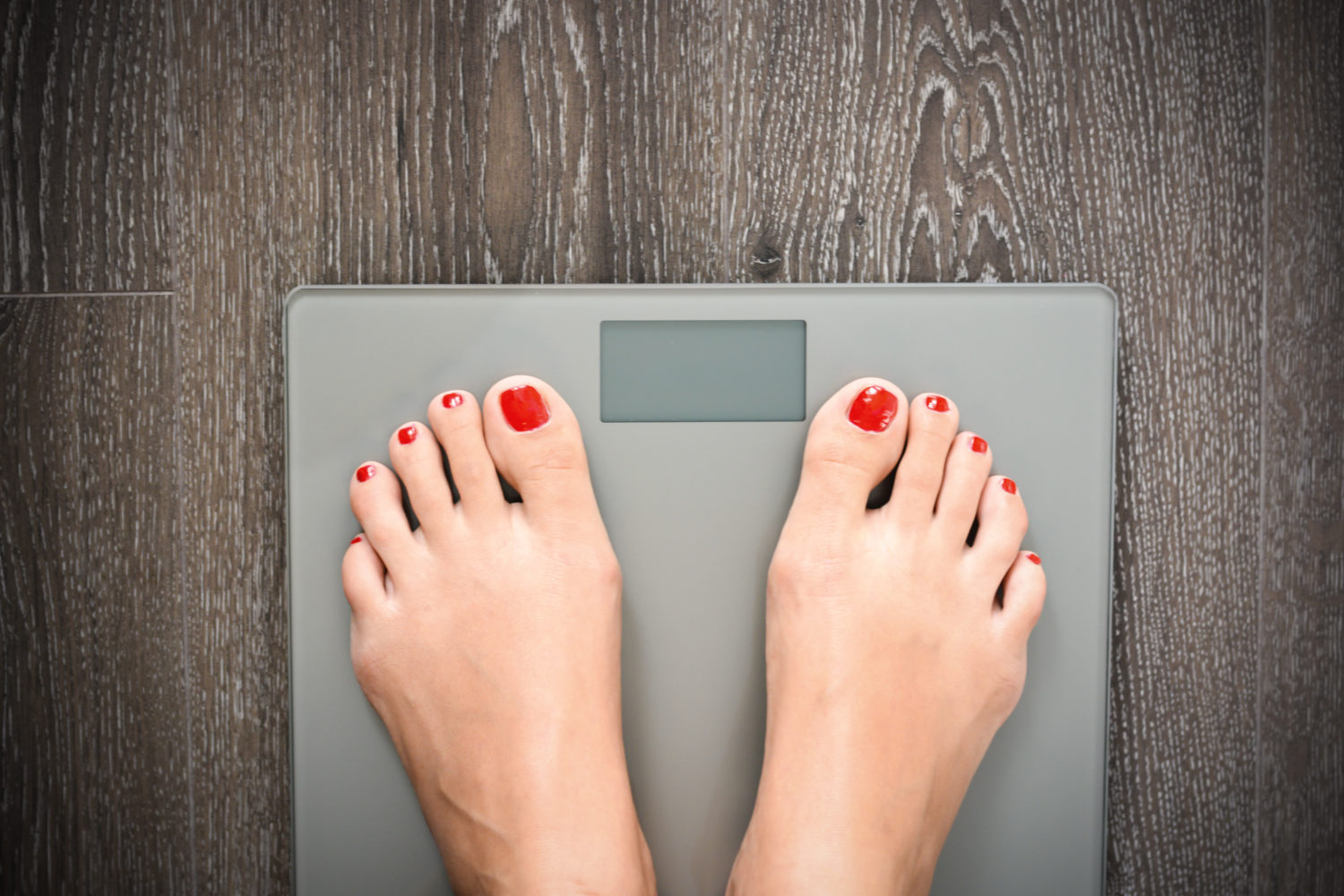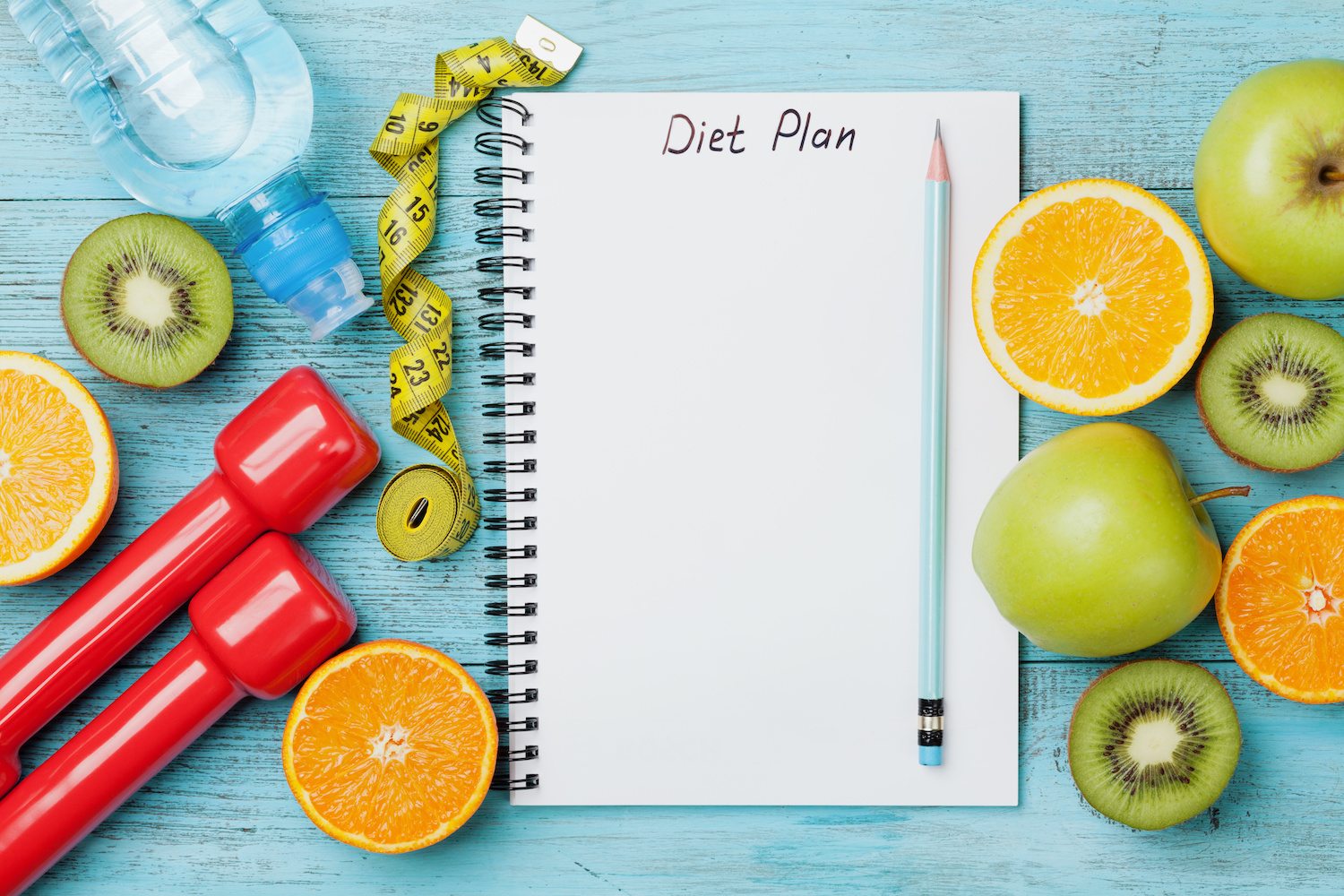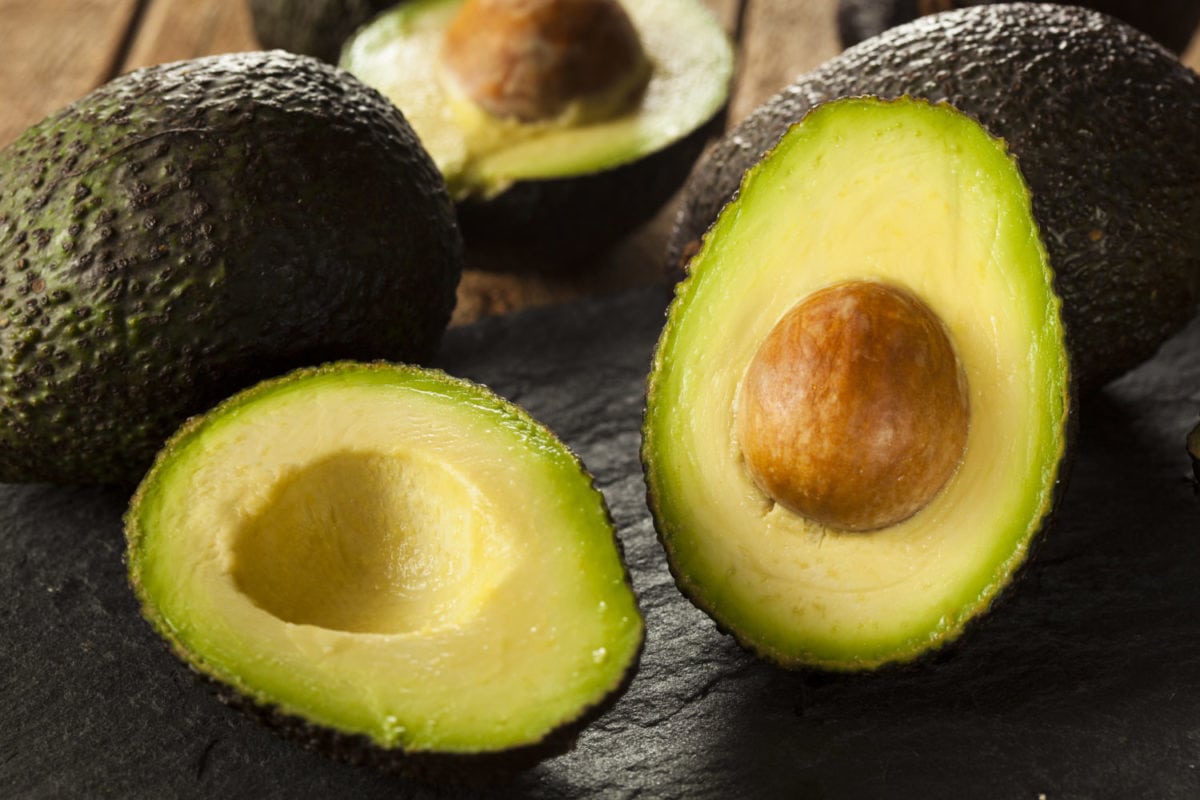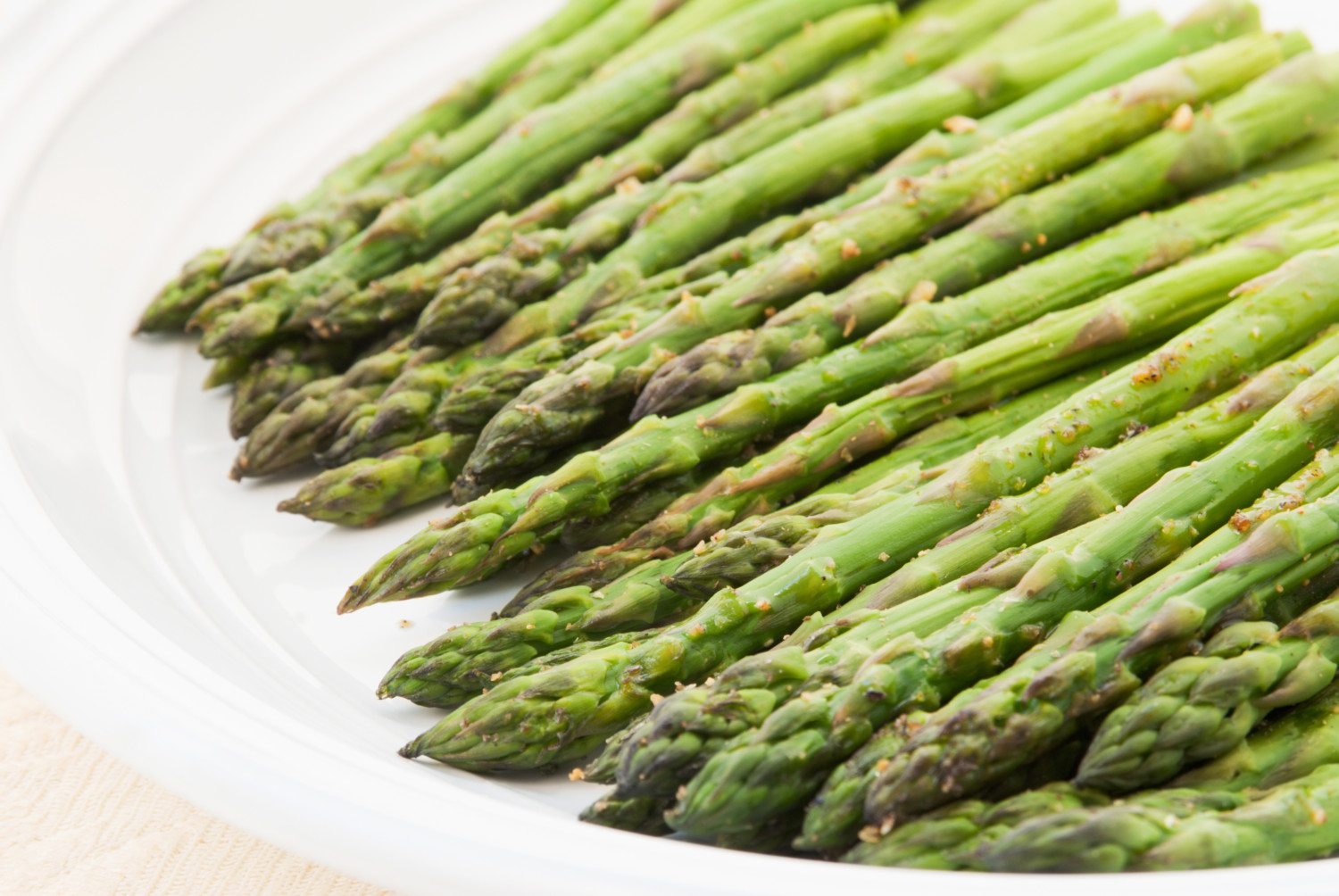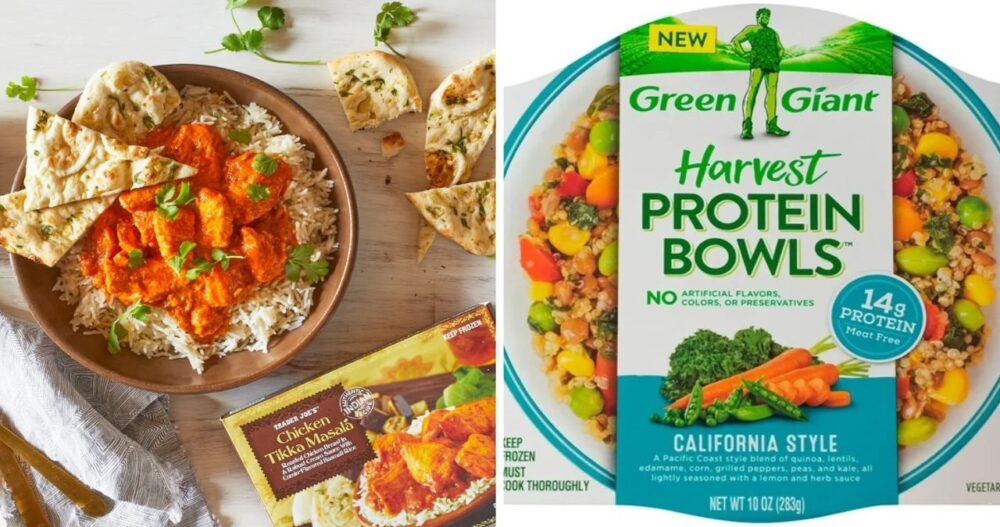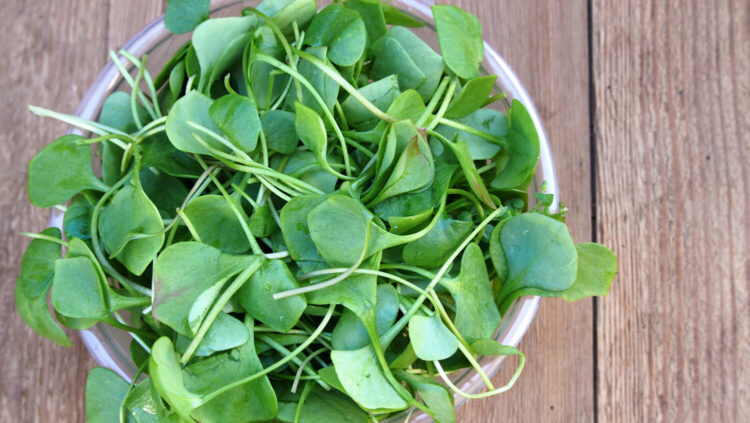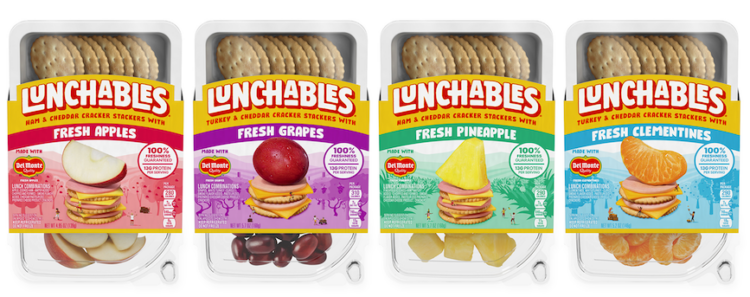5 Common Mistakes People Make on the Keto Diet—And How To Fix Them
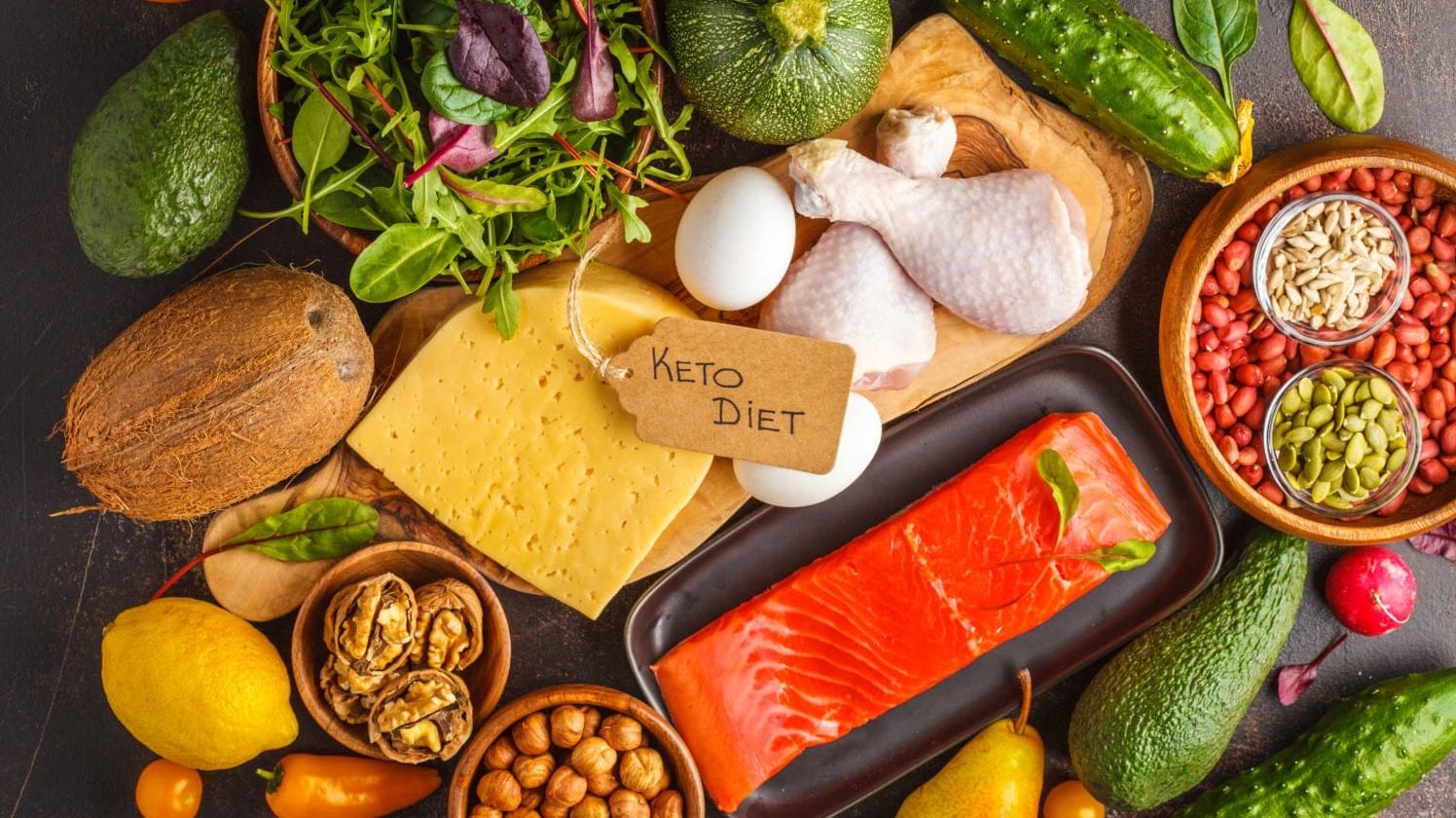
As far as diets go, keto has gained a lot of buzz in 2018. And let’s be honest: There’s certainly an appeal to a diet where its A-OK to eat steak, nibble on cheese cubes and slather butter on your veggies. Also, you probably know someone who preaches the low-carb keto gospel after losing significant weight in a short amount of time. For these reasons, it’s no surprise Google trends showed searches for the keto diet quadrupled in recent years.
For the uninitiated, though, keto is a low-carb, moderate protein and high-fat diet. To get specific, those who follow the diet aim to get 60 to 75 percent of their calories from fat, 15 to 30 percent from protein and just 5 to 10 percent from carbohydrates. The idea here? Push your body into ketosis, a metabolic state that allows your body to stop using glucose for energy so it instead burns fat.
Doctors and registered dietitians, though, see people making a lot of mistakes with the diet, especially when it comes to overdoing it on those aforementioned juicy steaks and going crazy with the cheese. Also, many don’t recommend the diet for their patients, partly because it’s a hard diet to execute and maintain and many people miss the mark when it comes to healthy eating while on keto.
“People can make a number mistakes when it comes to keto, from eating too much protein to not eating enough healthy fats,” says Chelsea Amengual, a registered dietitian and manager of fitness programming and nutrition at Virtual Health Partners. “One of the more consequential mistakes would be not including enough non-starchy vegetables, which will limit fiber and valuable micronutrients.”
Here’s why people lose weight on keto, as well as some tips for avoiding common keto pitfalls.
Why Do People Lose Weight Quickly On Keto?
Much of the initial weight loss on keto is water weight, explains Kim Yawitz, a registered dietitian nutritionist with McDaniel Nutrition Therapy in St. Louis.
Let’s get into the science. When we eat carbs, our body breaks them down to glucose and then converts them to glycogen, the storage form of carbohydrates, explains Yawitz. For every gram of glycogen, our bodies store 3 to 4 grams of water, she says.
“We tend to shed that water as we use up our glycogen stores on very low carb diets,” Yawitz explains. That’s also why it’s easy to gain weight back after reintroducing carbs after a period of very-low-carb dieting.
While Yawitz says she appreciates that some people do really well on keto, she doesn’t recommend the diet because she doesn’t believe it’s a sustainable approach to healthy eating.
“It can be really challenging, especially in social settings, to avoid carbs altogether,” she says. “And, once you return to eating carbs, you’re likely to regain the weight you’ve lost.”
Beyond the initial water loss (which can motivate people), some lose weight quickly on ketogenic diets because they’ve cut out the empty calorie sources, such as refined grains and added sugars, that many people tend to overeat, says registered dietitian nutritionist Summer Yule.
“This includes items like cookies, cakes, candies, soda, pies, white bread and so on,” Yule says. “They may replace these foods with foods that are more nutrient-dense and filling, such as non-starchy vegetables and protein-packed meats.”
Also, some people may consume less simply because they have fewer food options.
“It is much easier to overeat when there are a variety of foods available — think of a buffet where you may wish to try one of everything — versus when only a couple of types of food are offered at a meal,” Yule says.
When people do practice keto properly and consistently, though, the diet can help increase the amount of fat you burn, explains Dr. Khalid Saeed, a private practitioner in the Tampa Bay, Florida, area. The high-protein intake that’s part of the diet can boost metabolism and engage weight-regulating hormones. Also, ketogenic diets can help you feel full longer, he says.
However, health professionals see people making some common mistakes with the keto diet and have suggestions for what to do instead.
Mistake No. 1: Over-Indulging On Steak And Other Meats
Animal proteins tend to be higher in saturated fats, which raise your low-density lipoprotein, or “bad” cholesterol, levels and increase your risk for heart disease, Yawitz says. Certain animal proteins, like red meats and processed meats, can also increase your risk for gout and kidney stones because they increase production of certain acids in the blood and in the urine, she explains.
Healthier sources of dietary fat include nuts, seeds, avocado and olives, Yawitz says.
“I also recommend a couple of servings per week of fatty fish, like salmon, to boost intake of heart-healthy omega-3 fatty acids,” she says.
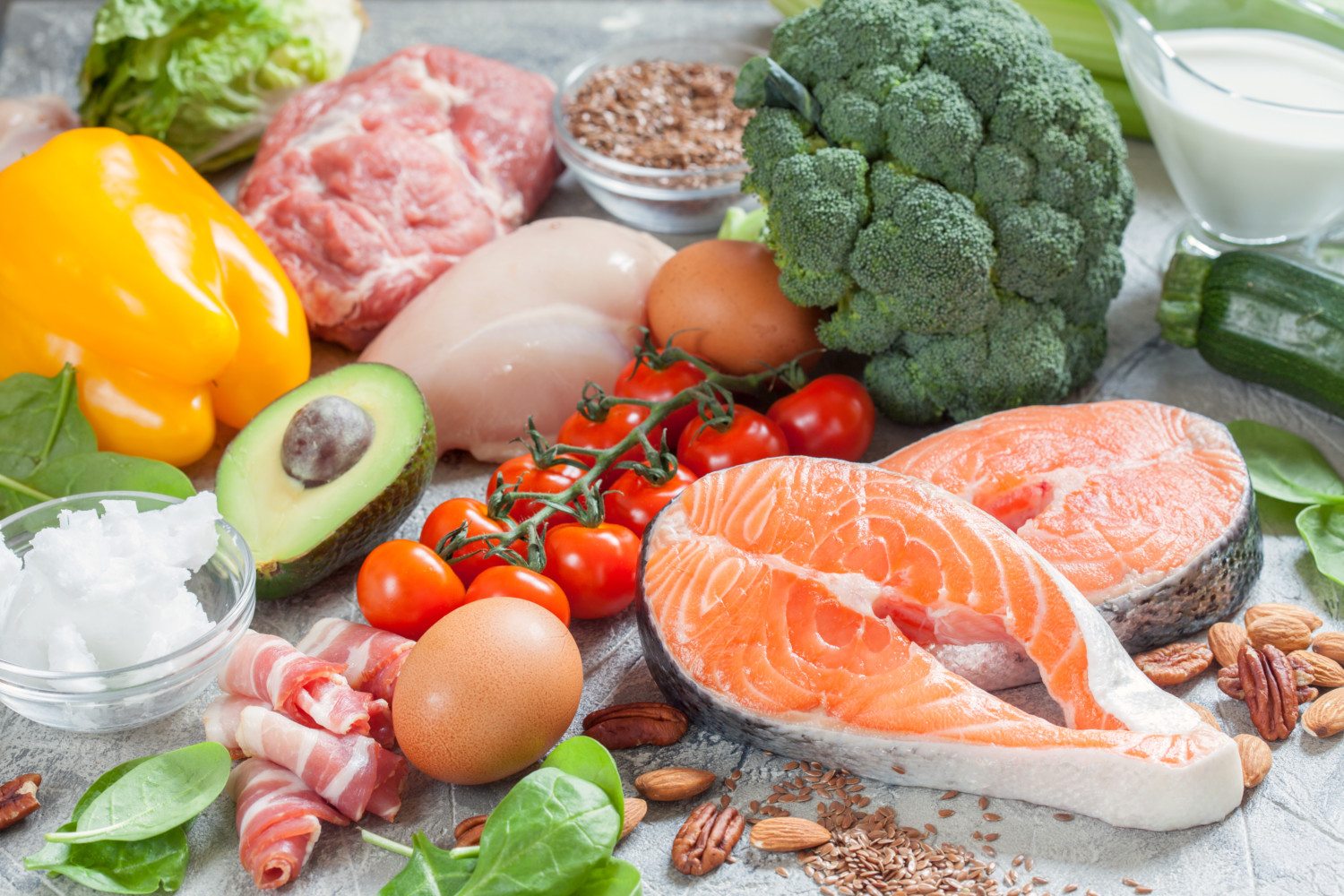
Mistake No. 2: Not Eating Enough Veggies
“Easily the biggest mistake people make on the keto diet is not eating enough vegetables,” says Dr. Kyle Varner, a physician specializing in internal medicine. “Yes, keto is a high fat, moderate protein and low-carb diet, but that certainly doesn’t mean you should overindulge. Eating half a pound of cheese and four beef patties as a meal isn’t healthy by any standards.”
Varner says he lost 50 pounds by following the keto diet. A healthy keto diet, he says, should consist of a lot more veggies than meat by volume — especially phytonutrient rich, leafy green vegetables (think: spinach, kale, Brussels sprouts).
“If you look at my average keto meal, it is mostly green,” he says.
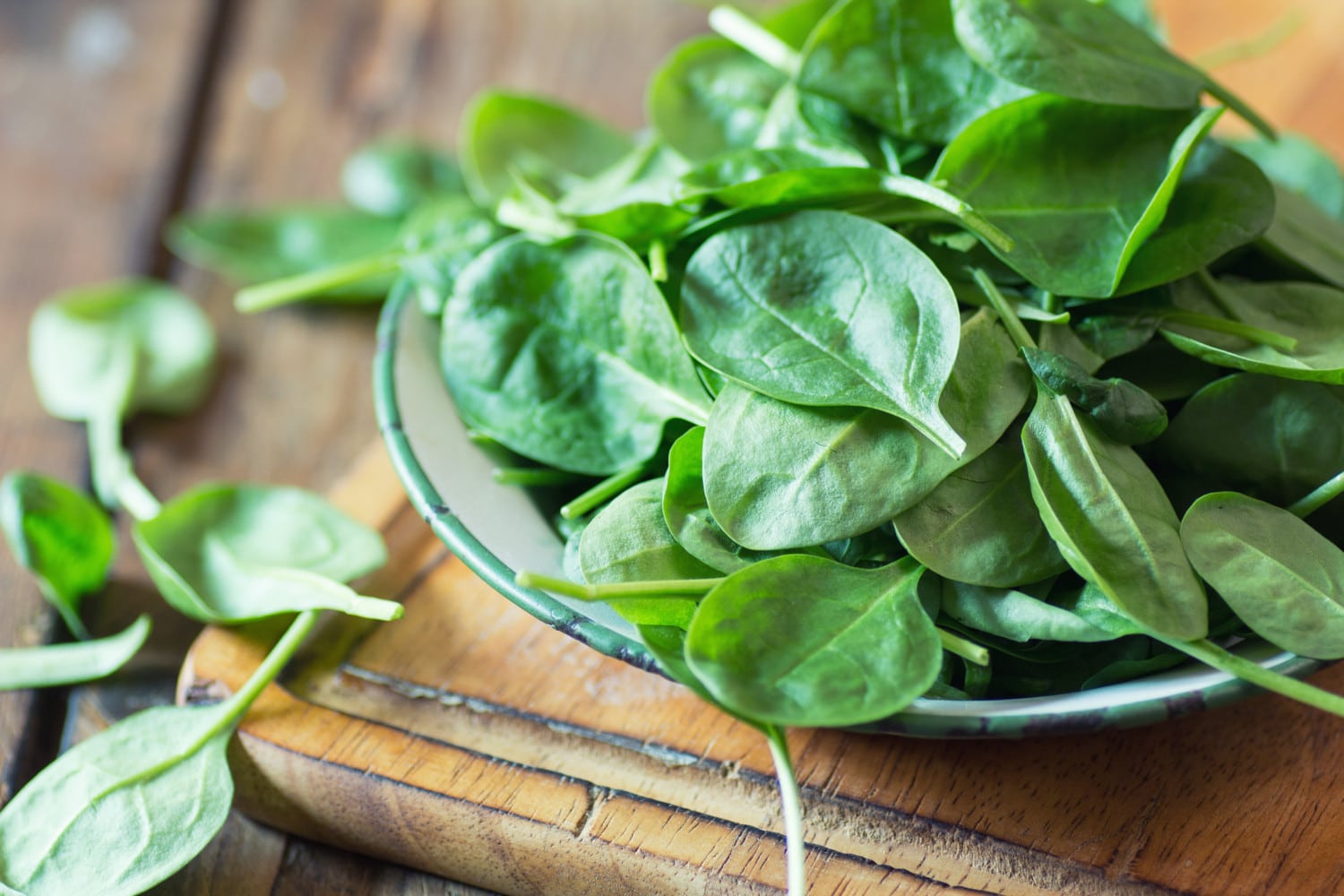
Mistake No. 3: Thinking It’s The Best Diet Out There
Yes, keto is popular right now. But, don’t expect dietitians to tell you it’s the best diet.
The Mediterranean Diet and DASH Diet are two of the best diets based on evidence-based research, says Jonathan Valdez, a registered dietitian nutritionist and New York City and Long Island media representative with the New York State Academy of Nutrition and Dietetics. The Dietary Approaches to Stop Hypertension, or DASH diet, and the Mediterranean Diet prioritize whole grains, fruits, vegetables and lean meats while limiting red meats.
Valdez says it’s possible the food restrictions people take on when following the keto diet could lead to deficiencies of potassium, fiber, magnesium, calcium, most B vitamins and phosphorous. These deficiencies are especially common when people limit fruits and veggies.
He recommends checking in with a dietitian when you’re new to a diet or trying a new way of eating. You can do this virtually with MealShare, an app that allows you take photos of your food so a dietitian can provide tailored guidance to help you improve your meals.
Mistake No. 4: Eating Too Many Processed Foods
When you’re eating out and following the keto diet, processed meats, such as pepperoni and sausages, as well as cheeses tend to be readily available options. But eating too much of these isn’t healthy, cautions Tanya Frierich, registered dietitian nutritionist.
“Processed meats have preservatives that are known to increase the risk of stomach cancer, while cheeses are fine in moderation but are higher in saturated fats that are linked with increasing inflammation in the body,” she says.
Instead, scan the menu and look for healthier dishes that feature fatty fish, olives and avocados and low-carb veggies like kale, spinach, cauliflower and broccoli.
When you’re grocery shopping, Frierich recommends looking at ingredient lists to find the least-processed options. For example, a sugar-free, nitrate-free bacon with two to three ingredients is a better choice than a bacon with 15 to 20 ingredients including preservatives, nitrates, nitrites and additives.
Frierich is also a proponent of MealShare, because you can get real-time recommendations from dietitians, which is helpful for those navigating new menu plans.
Mistake No. 5: Not Getting Enough Fiber
Beans and whole grains aren’t part of the keto diet, so it’s important to make sure you’re getting enough fiber from non-starchy vegetables like spinach, says registered dietitian Kristin Kirkpatrick. “Consider tracking how your fiber intake changes when switching to keto in an app like Lose It!,” says Kirkpatrick, who is an advisor for the weight-loss app.
Some other low-carb sources of fiber include broccoli, cauliflower and asparagus.
So, what diet have you had the most success with when it comes to weight loss?


